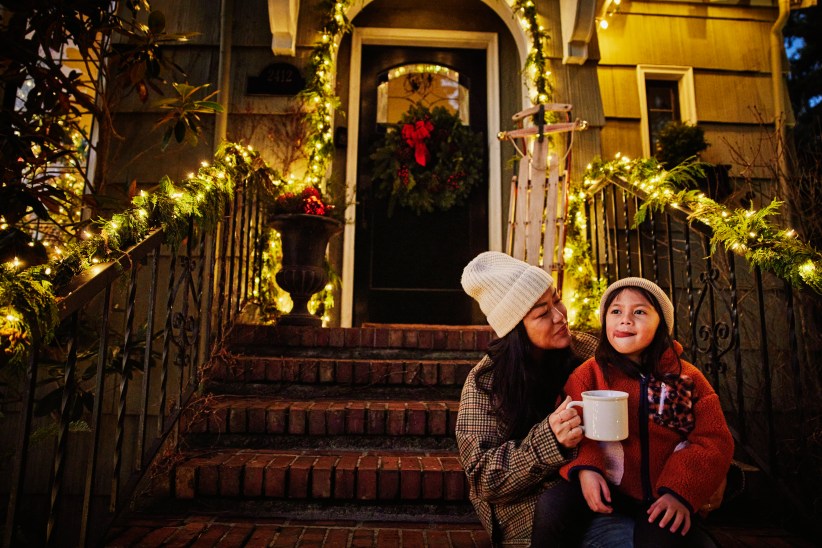Most parents have heard of STEM (science, technology, engineering and math) education, but maybe not as many know about STEAM (science, technology, education, art and math) education. Some educators contend that adding the “A” for art is essential for a child’s full development and education.
Why are the arts important for children?
Arts education encompasses many disciplines including music, drama, dance, design, and the visual arts. Yet, it is more than just studying specific disciplines, an arts education can teach children to generally use their imagination to solve problems and approach their work in a variety of ways.
“The arts teach discipline, focus, cooperation and creativity – a trait that 72 percent of employers say is the number one skill they seek when hiring,” says Mara Manus, executive director New York State Council on the Arts (NYSCA). “Students involved in the arts are four times more likely to be recognized for academic achievement, and arts engagement makes low-income students more than twice as likely to graduate college as their peers with no arts education.”
Many educators agree that arts education can help build determination and resilience in children and can also help them master important skills. Yet, in many school districts funding for arts programs have been slashed to the bone.
Providing financial support
“Through the Arts Education Program, NYSCA provides $3M statewide in dedicated support to community arts education programs as well as hands-on pre-K to12 in-school instruction,” says Manus. In addition, she says the agency provides nearly $500,000 to support scholarships and training programs for underserved communities and $150,000 to support community music schools.
Manus says NYSCA sees the impact of this support in so many ways: students build self-esteem and confidence as they learn and excel at new talents; they cultivate empathy as they study the viewpoints of diverse characters through theater and literature; they develop diligence as they practice an instrument or polish dance movies; they learn to express themselves in healthy ways as they write, paint or create their own films and videos.
NYSCA in-school grantees must all meet state learning standards. “We are continually impressed by the innovative ways they connect the arts to school curricula – from a mummy-inspired dance segment tying into a social studies class about Egypt to architecture instruction that integrates math and science concepts as students build their own bridges,” says Manus.
In Westchester County, there are so many opportunities for children to explore the arts. “Throughout the county, NYSCA supports 27 arts and cultural organizations directly and an additional 60 through regrant funding distributed by ArtsWestchester totaling nearly $2M in support in 2019,” explains Manus. Many of these organizations provide programs for children and families, from concerts at Caramoor to Halloween events at Historic Hudson Valley.
How parents can help
Manus says parents can encourage children of all ages to explore the arts by sharing experiences with them and helping them pursue artistic interests through community arts education programs.
Here are some Westchester programs for parents to explore for their children.
•The Music Conservatory of Westchester provides instrumental and vocal music programs in classical, jazz, pop and rock for all levels and ages; scholarships are available for low-income students and adapted instruction is available for students with disabilities.
• At the Jacob Burns Film Center, students as young as third grade can learn all about filmmaking, with courses focused on cinematography, editing, production, animation, web series and video game design.
•The nationally recognized Clay Art Center in Port Chester offers ceramic instruction for all ages.
• The Rye Arts Center, the Pelham Art Center and the new Bethany Arts Community in Ossining all provide classes in a wide range of disciplines, including drawing, painting, music, digital photography, sculpture and even robotics.
Manus says it’s also worth noting that museums often have special family programming during school vacations, and local libraries may be able to provide passes for museum admission.
Anywhere, Anytime
“An increasing number of arts and cultural organizations also have rich digital offerings, making even snow days or sick days opportunities to engage with the arts, often for free or at a low cost,” says Manus.
For example, she points out that the Metropolitan Museum of Art website offers a digital search of its collection, and you can download more than 400,000 public domain images that can be “remixed” to create your own works of art. The New York Philharmonic website includes free video of recent concerts.
Audiences of all ages have greater access to the arts than ever before, says Manus, and this means that sharing the arts with children is an attainable and deeply worthwhile goal.
Jean Sheff is editor of Westchester Family and an enthusiastic supporter of children’s art programs.








